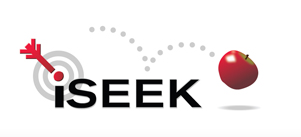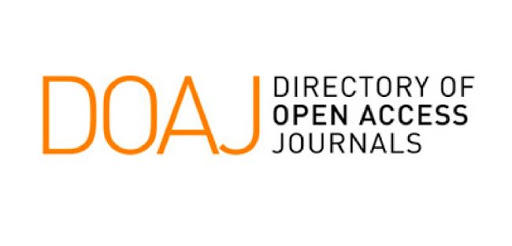Paper ID : SMJ2211205410180 | View : 120

Abstract : - The disaster's fundamental impact is the emergence of health and nutrition problems among disaster victims, especially those with nutrition vulnerability, namely infants and toddlers. Providing food assistance in instant noodles, instant porridge, or rice is less effective because it requires processing before consumption. Cookies are a food product that the community is well accepted, including being used as emergency food products. The research design used a quasi-experiment pre-test to compare children's nutritional status under five in the intervention and control groups. The sample was 30 toddlers per group. The total sample was 60 for 15 days of intervention. The data collected were sample characteristics, food intake, nutritional status, proximate analysis, protein. Food intake before the intervention, namely energy (p = 0.874), protein (p = 0.873), fat (p = 0.6630, carbohydrates (p = 0.542), fiber (p = 0.677), there was no significant difference, while for energy ( p = 0.718), fat (p = 0.309), carbohydrates (p = 0.074), fiber (p = 0.211) there were no significant differences. There is a difference in nutritional status on the weight/age index before and after the intervention (p = 0.035). Note that on the index height / age (p = 0.240) and index weight / height (p = 0.678) there is no difference. The highest protein score calculation for Cookies products is Laucyn at 136.69, while the limiting amino acid lies in Sulfur Amino Acid (SAA) at 72.84.










